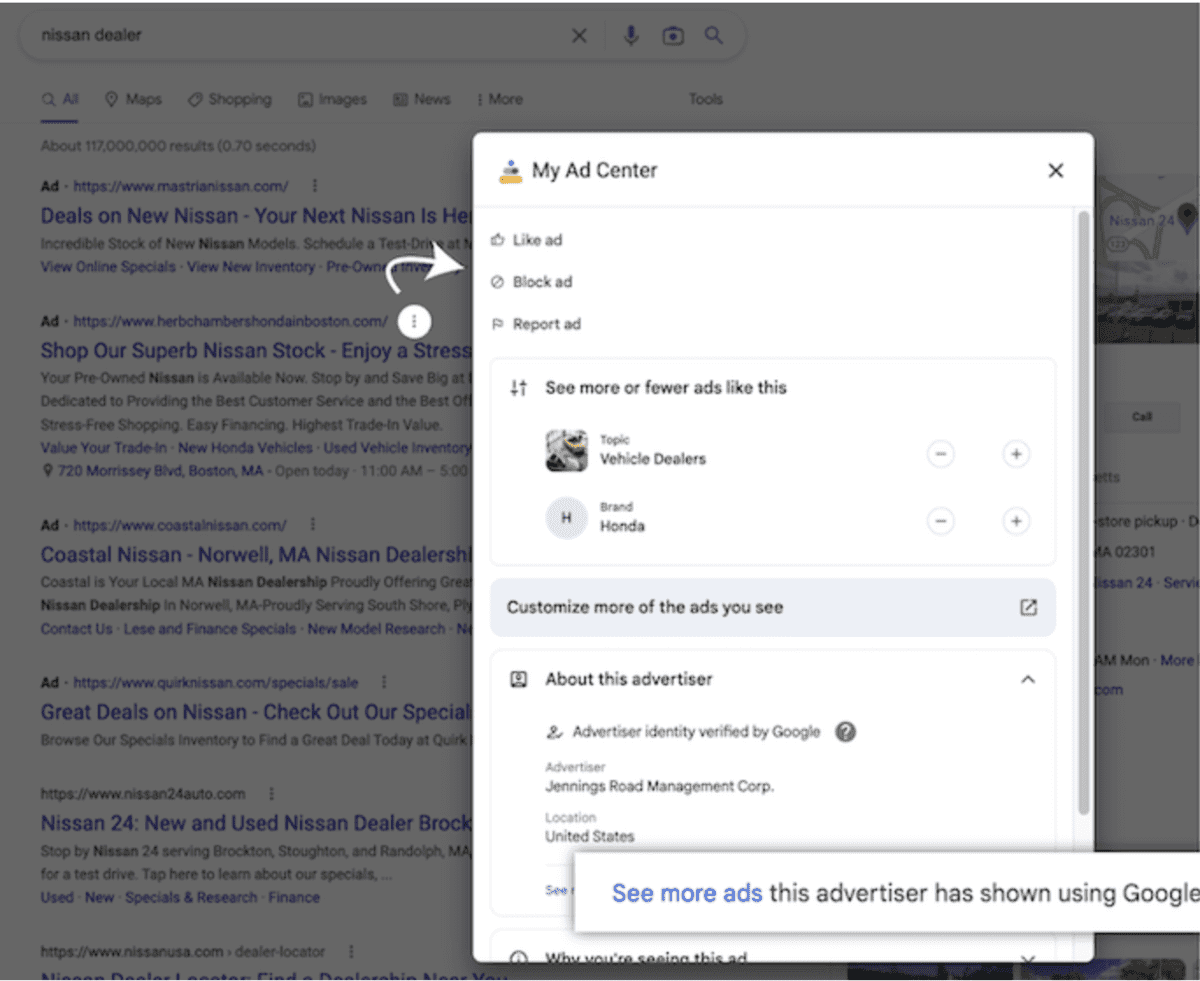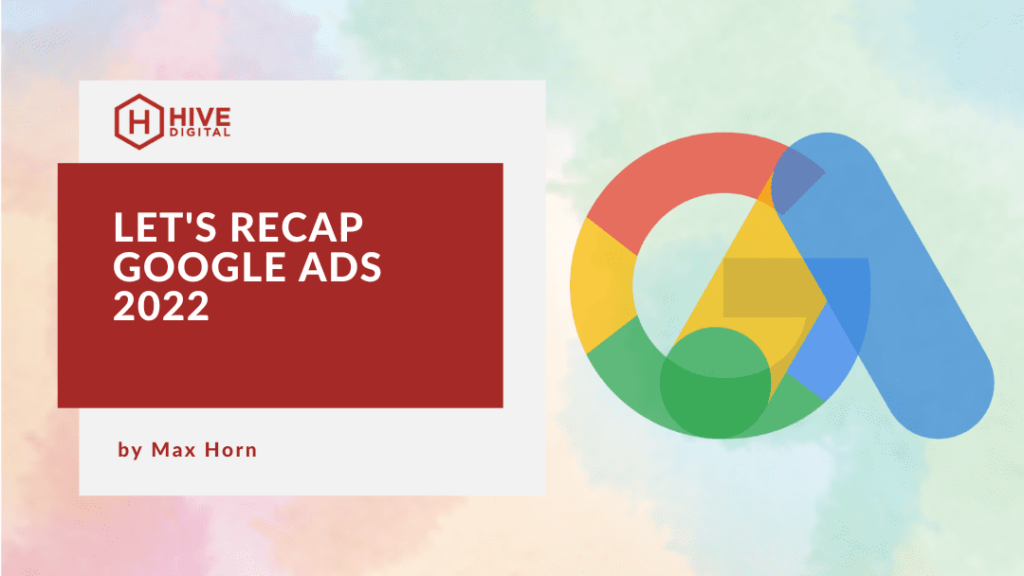Let’s Recap Google Ads in 2022
The world of Digital Marketing is always changing and this has been especially true in 2022. PPC Advertisers experienced long term, major changes with Google Ads and 2023 will continue on this trend. From the interface to the audiences, here we recount some significant changes taking place on Google Ads.
- Goodbye Expanded Text Ads
- And Smart Shopping
- Next Up is Google Audiences
Goodbye Expanded Text Ads
Most notably, this year marked the end of Expanded Text Ads. It was time. The static, pre-set ad messaging has been upgraded with Responsive Search Ads which allows the advertiser to enter up to 15 headlines and 4 descriptions. The new ads are given a real time score of Excellent to Poor helping create optimized ad messaging. Google will then serve different combinations of these and will show the best performing combination. This helps advertisers test which ad copy is most relevant to searchers without having to create multiple ads. Huge time saver.
Smart Shopping Expanded to Performance Max
Smart Shopping has been upgraded to Performance Max Campaigns. Standard Shopping doesn’t appear to be leaving us anytime soon but stay tuned. We did a full article on the benefits of Performance Max and its predecessor in my previous blog ”What is Performance Max?”
Retirement of Similar Data Segments
Next up to retire is similar data segments, this happens May 1, 2023. Advertisers will no longer be able to create similar audiences in Google Ads. I personally, will greatly miss this feature. Getting in front of your target audience is the key to linking a consumer and a brand. Instead, customer match lists will be used as a signal in campaigns. Segments like match lists and site specific actions will remain critically important.
Google is slowly moving to first-party data and away from cookies. It even created its own conversion tag for capturing user data called Google Tag Manager. Advertisers should make sure conversion data is tracked properly and upload audience segments regularly in Google Ads. This change is most likely due to the increase of online privacy restrictions in our digitally documented era.
My Ad Center
This online transparency is also being applied to advertisers. One of the newest features for consumers is My Ad Center. It gives the ability see details from Verified Advertisers, like their legal business name and location within Google SERP. One of the features in My Ad Center is a section “Advertiser Pages.” This lets searchers see all the other ads that the advertiser has run over the past 30 days. To see a company’s Advertiser Page, click on the three stacked dots next to any ad. You can also click to “See more ads by this advertiser.”

Image courtesy of Wordstream.com
Looking for Opportunities
Advertisers will always have to work within those limits while looking for opportunities. Automation and machine learning remains largely a mystery yet it’s only the beginning. Algorithms consume the data and consider hundreds of signals, but there is limited insight into how this serves. We don’t know every signal Google uses to optimize smart bidding, but we can help train it by choosing the conversions we want to focus on. There’s an art to balancing what the algorithms want us to do and the influence we have on the results.
If you’re ready to take your Google Ads to the next level or have questions about campaign performance, reach out to us at Hive Digital. One of our PPC experts are happy to perform an audit on your account and come up with a custom marketing plan designed for your business goals.










